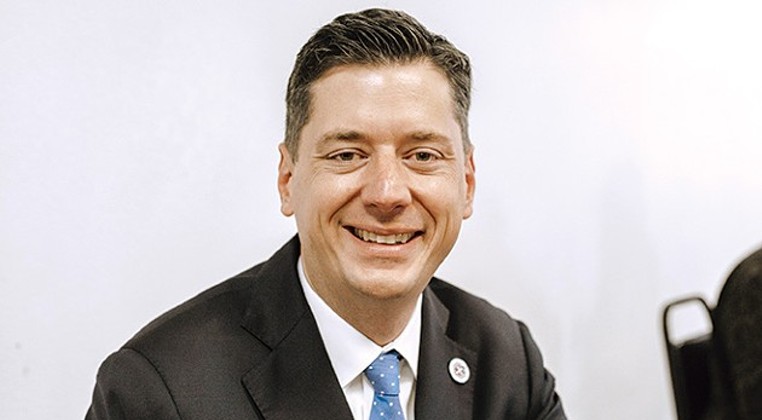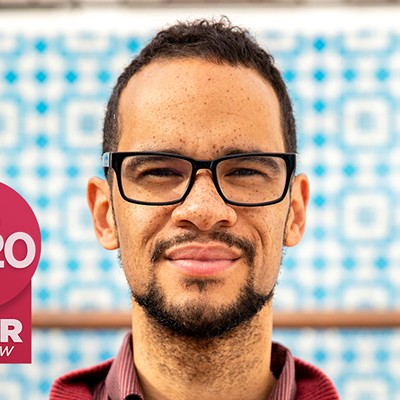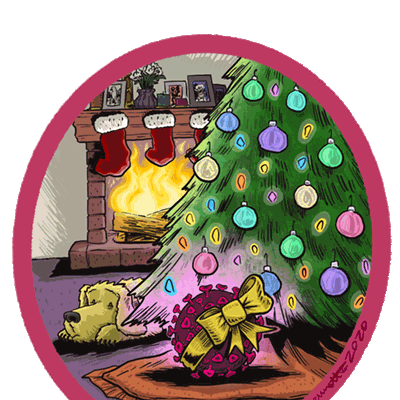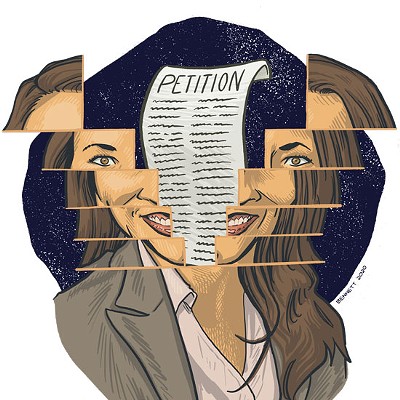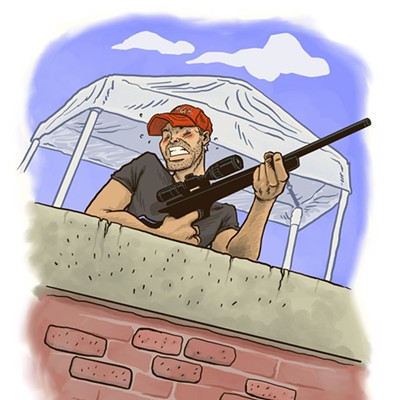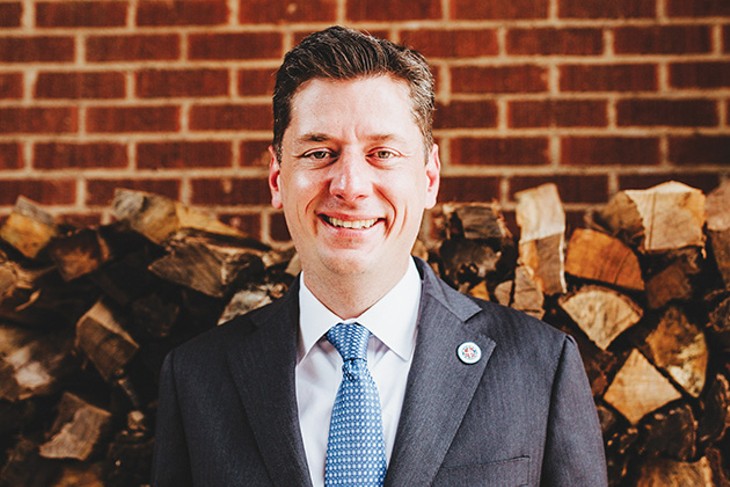
Oklahoma City Council will soon start hearing presentations and discussing MAPS 4 project ideas, which Oklahomans have been submitting since October. Mayor David Holt expects to lay out a schedule of public discussions happening throughout the summer by the end of May.
While some ideas are buildings and facilities, some are more abstract and deal with investments into residents’ quality of life. Holt said there is an inherent compromise to MAPS votes since OKC residents vote on the package rather than individual projects.
“I don’t think it’s in the best interest of the city for any one group to get exactly the MAPS that they want or any person to get exactly the MAPS that they want. I think the only proper approach is one of compromise,” he said. “As I’ve tried to preview for everybody, I very sincerely and strongly believe that this MAPS is going to tilt towards the neighborhood and human needs of our city, way beyond anything it ever has in the past. That’s just my read of where the compromise is going to lie this time.”
Despite an expected shift to address neighborhood and human needs and challenges facing citizens daily, Holt said there could still be room for more entertainment-oriented projects.
Packaging ideas
A finalized MAPS package is expected in early September and will call a special election before the end of the year.“That’s kind of the deadline we’re kind of working with here. If you hold an election at the end of the year, you got to finalize the package around Labor Day, which gives us basically the next three and a half months to have those public discussions and kind of a public airing of the concepts at hand,” Holt said. “We’re at the end here of that phase where we make sure that every concept still being considered has got enough meat on the bone that you can even intelligently discuss it.”
Holt announced a list of about 20 ideas gaining traction during his State of the City speech in January. He said the list had not changed much since then.
The list was composed of an aerospace job training center, animal welfare facilities, a downtown aquarium, an art museum endowment, city beautification, mental health investments, education investments, a facility or endowment to address homelessness, investments to the innovation district, investments to Oklahoma River, a new Palomar facility, parks investments, more senior wellness centers, a multipurpose soccer stadium, a new State Fair coliseum, upgrades to Chesapeake Energy Arena, investments to public transit, more bike and walkability infrastructure and investments in the city’s youth.
Holt said improvement to public transit was the most common suggestion.
“Ninety-five percent of what’s still being discussed was probably on that list in January. There hasn’t been a lot of huge wild cards,” he said. “There’s some of those things that haven’t necessarily found any champion since then on the council or otherwise, so they might’ve drifted off the list, I suppose. But that’ll be more clear, I think, by the end of May.”
“I very sincerely and strongly believe that this MAPS is going to tilt towards the neighborhood and human needs of our city, way beyond anything it ever has in the past.” — David Holt
tweet this
Some projects have received more attention than others due to individuals or organizations promoting their own ideas. For example, renderings have been created for some proposed projects like the soccer stadium and the new State Fair coliseum.
“You have projects that have external champions and a lot of presentation behind them, but that’s why it’s important over the summer to have these public discussions in front of the council about all the projects,” Holt said. “So no project receives less attention simply because it doesn’t have the budget for a PR firm. Not every project is championed by an entity that’s got the resources for that kind of campaign, but a lot of those kinds of projects that don’t have those resources are pretty important to the future of our city as well. … From our perspective, all kinds of things are going to get equal attention.”
Holt emphasized transparency and community input and said those things will continue being important pillars for MAPS 4.
“The bottom line is we want this to be an inclusive and transparent process, and I don’t want any project to be making its debut on the day that we announce what’s in MAPS 4,” he said. “I would concede that in the past, maybe that’s sometimes been the case, but I think there’s just a higher expectation for transparency. Transparency is something I’ve always believed in as a public servant, so I want a public process over the summer where, by the time that package is finalized and put before the voters of Oklahoma City for their consideration, there’s no real surprises left.”
Polling projects
Former Ward 2 councilman Ed Shadid paid SoonerPoll for a study to gauge where OKC residents’ stand on certain ideas.SoonerPoll collected 406 responses between April 24 and May 9 with a 4 percent margin of error. Greater Oklahoma City Chamber of Commerce conducts its own poll on MAPS project ideas, but it has historically never released the results. Shadid said he wanted people to have an idea of how much support certain projects had in order to hold city leaders accountable.
Holt was not aware of the SoonerPoll study but did say he would be willing to say no to a project if a majority of residents were against it.
“Public opinion polling is a factor in all of this for sure. You know, different people sometimes have different data so that can be a point of contention,” he said. “Some polls are a little more scientific than others, so not being able to really see what you’re talking about, what questions are asked, it’s hard for me to comment on specific poll results that are purported to exist. … If something is truly opposed by a large majority of the city, that’s a different question. But to say that one thing is supported 80/20 and one thing is supported 70/30 and therefore the 70/30 is unpopular, well that’s not true.”
According to SoonerPoll, which polled residents on nine different projects as well as other MAPS-related questions, a soccer stadium has the least support, while facilities for mental health and substance abuse have the most.
“There is no way for a city of 650,000 people to move forward without compromise. ... I can’t tell you what that compromise looks like because I still need to see what — through the course of the summer — see what’s important, what we’re hearing, what the feedback is from council members, what the feedback is from citizens we interact with, what the feedback is through truly scientific polling,” Holt said. “I know that in the end, it’s going to reflect a compromise amongst all these different geographic parts of our city, different political ideologies, different socioeconomic priorities.”
Visit okc.gov/government/maps-4.

